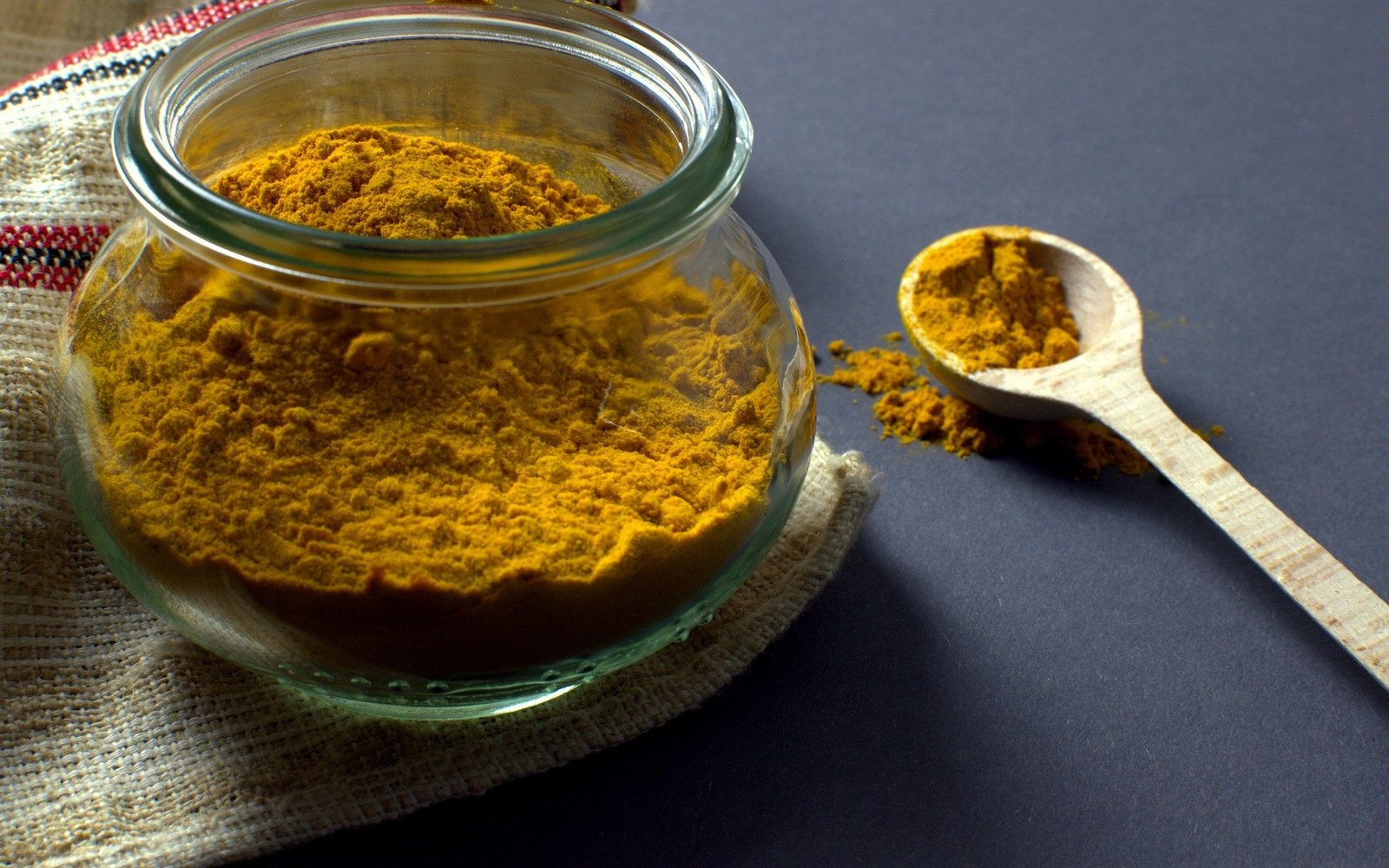Causes, Risk Factors, Diagnosis and Management for Knee Inflammation
The knee joint, which connects the two longest bones in the body—the top of the tibia and the bottom of the femur—with the knee cap in the middle, is the largest joint in the body. It is one of the most active and strained joints because of the significant role it plays in mobility and weight bearing. Therefore, it is not surprising that the knee is more prone to damage, such as knee inflammation. In a survey carried out in the United States, it was discovered that the knee is the most commonly injured joint by young adult athletes with an estimated 2.5 million sports-related injuries each year (1).
It serves the following purposes as a hinge joint:
- 1. Enables you to walk more effectively
- 2. Supports the body in maintaining proper posture
- 3. Serves as a shock absorber; enables you to bend and twist your leg; and offers stability while you’re moving.
What Is knee Inflammation AKA Swollen Knee?
Inflammation causes pain and swelling due to the build-up of fluid around a damaged area that causes the area to become larger and swollen.
There are various types of inflammation. A person’s joints, such as the knee, may have:
- – Edema — swelling in the tissues surrounding the joint
- – Effusion — swelling within a joint
- – Hemarthrosis — swelling and blood buildup within the joint
Causes of Knee inflammation or Knee Swelling
Inflammation of the knee can be caused by various factors such as injury, infection, gout, arthritis, and bursitis. Knee pain is caused by the knee inflammation due to these factors. The symptoms and causes for knee pain and inflammation are described in details below.
- 1. Injury to the Knee
Knee pain is a common symptom of inflammation of the knee. Swelling in the knee can result from trauma to the knee’s bones, tendons, bursae, ligaments meniscus, or articular cartilage. Blood can rush into the knee joint as a result of serious injury, resulting in substantial edema, stiffness, warmth, and bruising. When a swelling occurs immediately after an injury, it is called Hemarthrosis, a disorder that requires immediate medical attention.
When the swelling occurs 2 to 3 days after the injury, sympathetic effusion or gradually forming haemarthrosis is suggestive. This can be as a result of a meniscus injury. (2)
- 2. Arthritis
The most common form of arthritis, also responsible for knee inflammation is Osteoarthritis. Degeneration of the hip and Knee joint cartilage can lead to excess production of fluid at the joint, causing the knee to swell. Stress on the knee joint and inflammation caused by osteoarthritis is often mild to moderate.
A painful swollen knee caused by knee osteoarthritis is common. Evidence suggests that people with severe osteoarthritic knee pain are more likely to experience knee swelling and knee pain going up stairs. In a study carried out among osteoarthritis patients, it was reported that the greater the amount of fluid found in the knee joint, the more severe the pain experienced by the patients.
- 3. Gout
When there are high levels of uric acid in your body, it leads to a build-up of urate crystals in your joint, resulting in an inflamed knee and intense pain. Knee pain gout can also be accompanied by the following irregular symptoms:
- – A warm feeling around the knee
- – Peeling and/or itching of the skin as swelling decreases
- – Change of skin color around the knee.
- – Knee pain like sharp needle
- – Visible skin lumps. (3)
- 4. Infection
Inflammation of the knee can be caused by knee infections. Otherwise known as infectious arthritis, it is majorly caused by bacteria. This bacteria can be transmitted through the bloodstream from one part of the body to the knee. An open wound can also be infected or complications arising from knee surgery could cause the knee to be infected by bacteria.
In a few cases, it can also be fungal or viral in nature. (4)
An infected knee is mainly characterized by severe knee pain lower inside when you want to move your knee joint. You may have one or more of the following symptoms
- – Nausea and chills
- – Persistent fever for more than 24 hours
- – Stiffness in the knee
- – Swelling and redness around your knee
- 5. Knee Bursitis
Inflammation of the prepatellar bursa is another common cause of knee inflammation. A bursa is a small and slippery fluid-filled sac that acts as a lubricant and cushion between the kneecap (patellar bone) and surrounding skin, called knee bursitis. When the prepatellar bursa gets inflamed, it produces excess fluid, which causes the front of the knee to swell. You may experience knee pain lunges.
For most cases of knee inflammation due to bursitis, excess pressure and friction on the knee joint and overuse over time is the common reason. Bursitis is a common cause of knee pain VA rating for veterans. (5)
Other risks factors of knee inflammation include:
- – Age: The likelihood of developing an inflamed knee due to arthritis is higher among older people. Osteoarthritis is a chronic degenerative disease thought to be an inevitable consequence of growing old.
In a Framingham Osteoarthritis study carried out on subjects aged 60 and above, it was discovered that there was a corresponding increased prevalence of osteoarthritis with each decade of life. From 33% among those aged 60 to 70 to 43.7% among people of 80 years and above. (6)
- – Rheumatoid arthritis: RA is an autoimmune and inflammatory disease. It is characterized by one’s immune system attacking one’s healthy cells, causing pain and inflammation in the affected tissues.
- – Obesity: Being obese puts extra weight on your joints, especially your knees. This gives room for joint and tissue overload which can, in turn, cause degeneration of the knee, resulting in knee inflammation. The more you weigh, the more stressed and impaired your joints become, causing knee pain on stairs. It also increases your chance of developing osteoarthritis.
- – Sports: Knee injuries are very common among athletes. Participating in high-impact sports that involve rotating or twisting your knee such as basketball, football, hockey, etc could increase your risk of getting knee injuries that can cause inflammation of the knee. Thus, you are encouraged to wear protective gear (knee braces) when engaging in any high-impact sports. People at risk of experiencing knee pain leg extension should engage in only gentle exercises.
- – Previous Injury: if you have a previous knee injury, then it’s likely that a dislocation or trauma to the knee could increase your causes of developing knee inflammation.
How to know when your knee is inflamed
- – Swelling: you might have a swollen knee joint when the skin around your kneecap pops out and looks bigger than normal. This may limit your ability to flex your knee.
- – Pain: you may experience knee pain like sharp needle when you touch the inflamed area or knee pain on top of the kneecap when you try to put your weight on your knee.
- – Stiffness: you may find it difficult to fully bend or straighten your knee due to the build-up of fluids in the knee joint.
- – Redness: redness of the area around the knee joint could also indicate an inflamed knee
- – Occasional locking and giving away of the knees
Diagnosis and Treatment for Knee Pain and Inflammation
Diagnosis for Knee Inflammation
- – Physical Examination:
The physician can carefully examine the knee, comparing it with the healthy knee. The knee is palpated at a 90 degrees angle to check for tenderness and localized swelling. This method can be used to determine the presence or absence of effusion, which helps to identify inflammation due to edema or any extra-articular swelling.
- – Imaging Tests
- 1. X-ray:
This is usually the first imaging test carried by a physician out to diagnose a condition. A knee X-ray produces an image of the anatomy of your knee. It can reveal the alignment of your knee, soft tissue changes, as well as the degree of any degenerative differences around the knee. Getting an X-ray done aids in finding evidence of injury (like a fracture), tenderness, or swelling.
- 2. Ultrasound
Commonly preferred for its safe and non-radiative method, ultrasound imaging is effective in producing clear and detailed images of soft tissues within the knee joint. It can detect inflammation, injuries and knee pain lying down, as well as bone erosion caused by arthritis.
- 3. MRI
This imaging test has become increasingly popular in determining soft tissue damage to the knee. It has also been proven by studies to be efficient in diagnosing injuries to the meniscus and ligaments surrounding the knee that can not be detected by X-rays.
- – Aspiration (Arthrocentesis)
Although it can also serve as a therapeutic procedure, aspirating a swollen knee is helpful in diagnosis. It involves removing the fluid from the knee with a needle and testing the fluid for the presence of bacteria, blood, or crystals. While the presence of blood can be indicative of a meniscal injury, the presence of crystals indicates gout as the causative factor.
This procedure should be carried out in patients with knee effusion of suspected infectious etiology. Patients with a history of trauma to the knees may not undergo this procedure. (7)
Treatment for Knee Inflammation and other Knee Problems
The treatment options for an inflamed knee depend on the cause of the swelling and its severity.
Home Therapy:
Mild to moderate knee swelling can be treated at home using the RICE formula. It is a 4-step formula that involves the following:
- – Rest:
Rest is essential in relieving knee pain lying down and inflammation associated with knee injuries. When you take a break from sports and other weight-bearing activities, it gives your knee joint time to heal and recover. This doesn’t mean that you should keep the knee immobile. You could flex and straighten it gently to help maintain a range of motion.
- – Ice:
The use of ice is a method of cold therapy known for its effectiveness in significantly reducing inflammation associated with swelling and knee pain top of kneecap. It works by reducing blood flow to the inflamed area. You can opt for the following methods:
- – Placing ice packs or cold compress (paper towels immersed in ice water) on the knee,
- – Use of coolant sprays
- – Having an ice massage
- – Having an ice bath (just the knee should be placed in the bath)
As this treatment for knee pain can temporarily reduce nerve activity, people with sensory disorders and poor circulation should not use this therapy. (8)
- – Compression:
Involves using a compression bandage to wrap around the swollen knee to prevent the collection of fluid in the knee joint. You should take care not to wrap the knee too tightly to avoid numbness, increased knee pain on stairs, or swelling in the foot.
- – Elevation:
This is the last step of the RICE method. It involves lying down or sitting with your leg propped up on a pillow or elevated stool. The aim is to keep the knee elevated higher than your heart level to decrease blood flow to the knee. This also allows for the collected fluid to flow downwards away from the knee to the hip, and heart and eventually reabsorbed into the lymphatic system.
Inflammation, swelling, and associated pain are alleviated through this method.
Gentle Exercises:
For mild to moderate inflammation, you can engage in gentle exercises to help increase circulation around the joint and boost the healing process. Some exercises include:
- – Knee Swings: as the name implies, it involves sitting close to the edge of a chair and allowing your legs to dangle in a controlled motion.
- – Knee Flexion Supine: this activity is particularly useful for an inflamed stiff knee joint. Here, you move your heels back towards your bottom as far back as possible. Then return with your leg straight to the start position.
- – Knee Extensions Prone: involves lying down with face down and knee flexed. Then straighten your leg in a slow and controlled manner before returning to the start position. (9)
Medications:
- – NSAIDs
A class of drugs, Nonsteroid Anti Inflammatory Drugs, (NSAIDs) are known for their anti-inflammatory benefits, as well as effective in alleviating knee pain. Although inflammation is your body’s way of responding to injury or infection, it also causes swelling, pain, and discomfort.
NSAIDs work by inhibiting the cycloxygenase enzyme (COX) responsible for the production of prostaglandins. These prostaglandins are the reason why you feel pain, fever, and inflammation.
NSAIDs such as Ibuprofen and Naproxen can be prescribed over the counter and reduces inflammation in a few days. (10)
- – Steroids
Steroid injections like cortisones may be administered to provide rapid and lasting relief for your inflamed knee. This sports medicine has to be taken under the recommendations of your healthcare provider and may help reduce your common knee problems.
Aspiration
As earlier stated, aspirating the excess fluid at the affected knee joint helps to reduce swelling, thereby relieving inflammation.
Surgery
Surgery might be required when your knee structure has been damaged by arthritis or failure to respond to other therapies. Two common surgery procedures include:
- – Arthroscopy: this is a similar but more complex procedure method than arthrocentesis. Here, long, thin instruments are placed into your knee joint by the surgeon with the aid of a small camera called the arthroscope.
It can be carried out to remove inflamed synovial tissue, loose fragments of bones or cartilage, remove or repair a torn meniscus and treat knee pain top of the kneecap. (11)
- – Knee replacement: this is also known as knee arthroplasty is done to resurface a knee damaged by arthritis. It may also be considered for someone who has severe knee injury such as a veteran with a knee pain VA rating of 100%. It involves capping the ends of the bones of the knee joint with plastic and metal parts. Knee replacement is an orthopaedic surgery done by a licensed physician.
References
2. https://www.ncbi.nlm.nih.gov/pmc/articles/PMC3704066/
3. https://www.medicalnewstoday.com/articles/gout-in-knee#causes
4. https://www.webmd.com/arthritis/septic-arthritis-symptoms-diagnosis-and-treatment
5. https://www.arthritis-health.com/types/bursitis/knee-prepatellar-bursitis
6. https://www.ncbi.nlm.nih.gov/pmc/articles/PMC2818253/
7. https://www.aafp.org/pubs/afp/issues/2000/0415/p2391.html
8. https://www.healthline.com/health/chronic-pain/treating-pain-with-heat-and-cold#cold-therapy
9. https://www.surreyphysio.co.uk/top-5/5-best-exercises-to-reduce-swelling-in-your-knee/
10. https://www.ncbi.nlm.nih.gov/pmc/articles/PMC6039135/
11. https://www.asahq.org/madeforthismoment/preparing-for-surgery/procedures/knee-surgery/




















